Why Every Utility Needs 24/7 Remote Water Quality Alerts
Discover why 24/7 remote water quality alerts are essential for utilities and how they support the 4 stages of wastewater treatment.
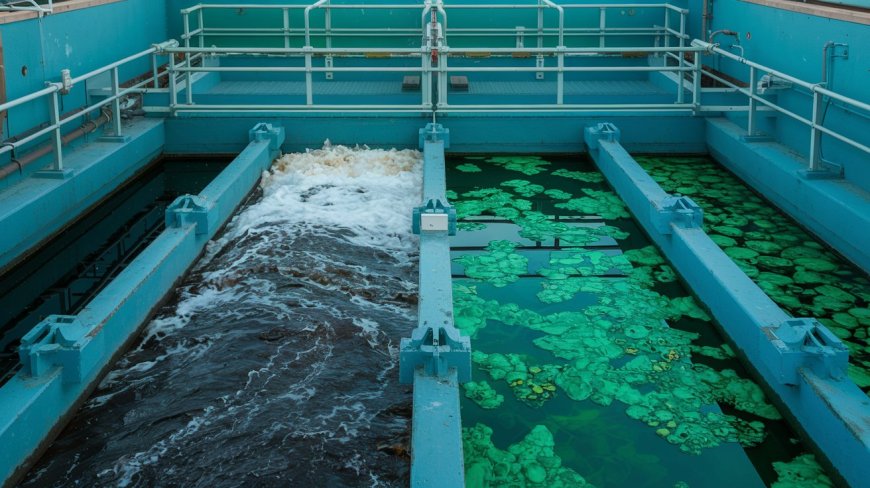
Why Every Utility Needs 24/7 Remote Water Quality Alerts
Water utilities aren’t just managing pipes and pumps, they’re managing the lifeline of entire communities. And when water quality dips, there’s no room for delay. That’s why 24/7 remote water quality alerts are no longer a “nice-to-have”, they’re non-negotiable.
These systems do more than beep when things go wrong. They enable rapid response, smarter decision-making, and stronger environmental protection. Oh, and they majorly boost the performance of the 4 stages of wastewater treatment. Let’s break it all down.
The Problem with Waiting Until It’s Too Late
Traditional water quality checks? Slow. Manual. Reactive. Someone grabs a sample, sends it to a lab, and maybe, you get results before an issue spreads. But by then, a contaminant could be flowing into rivers, lakes, or worse, into homes.
You wouldn’t fly a plane without a cockpit full of live data. So why run a water system blind?
What Are Remote Water Quality Alerts?
Let’s get clear: remote water quality alerts are real-time notifications sent from monitoring devices that detect changes in water conditions, things like pH, turbidity, temperature, or chemical levels.
When something goes off, you know instantly. Whether it’s a chlorine drop at a treatment plant or a spike in ammonia downstream, the system has your back 24/7.
How They Work
H2: The Tech That Makes It Happen
These systems combine:
-
Sensors placed in treatment plants, lift stations, or along pipelines
-
Cellular transmitters (like OmniSite’s XR50) that send data in real time
-
Cloud dashboards where operators can track trends and receive alerts
-
SMS/email notifications for rapid action when thresholds are crossed
It’s like giving your entire utility system eyes and ears, and a voice.
Why It Matters for Wastewater Treatment
Now let’s talk about the 4 stages of wastewater treatment, because remote alerts supercharge every single one.
H3: Stage 1 – Preliminary Treatment
Here, big stuff like sticks and trash gets removed. If screens clog or flow suddenly spikes, sensors alert you instantly, no more guessing.
H3: Stage 2 – Primary Treatment
Sedimentation tanks let solids settle. Remote turbidity and flow monitoring ensures this process stays balanced, so solids sink like they should.
H3: Stage 3 – Secondary Treatment
This is where biological treatment goes down. Remote sensors monitor oxygen levels and flow to keep bacteria doing their job without surprise disruptions.
H3: Stage 4 – Tertiary Treatment
This final polishing stage removes anything leftover. Real-time data on chemical levels (like chlorine or phosphates) ensures the cleanest possible water leaves the plant.
Every alert supports one of these stages. So yes, 24/7 alerts literally make the 4 stages of wastewater treatment work better.
Real-Time Monitoring = Real-World Results
H4: Case in Point: Spotting Trouble Before It Escalates
A small utility in Indiana used OmniSite’s XR50 monitoring to track chemical dosing at night. One alert flagged low chlorine levels at 2 a.m, well before human staff would’ve noticed.
By 2:15 a.m., a technician had adjusted the system remotely. That quick response prevented a compliance violation and protected drinking water for hundreds of residents. Boom.
H4: Another Win: Sewer Overflow Averted
A Midwest municipality got an alert that inflow at one lift station was 50% above normal. A blockage was forming. A tech was on-site within 30 minutes and cleared it, before any backup or spill occurred.
Without alerts, that would’ve been a headline-making mess.
It’s Not Just Tech It’s Peace of Mind
Remote water quality alerts aren’t just about staying in compliance. They’re about:
-
Protecting public health
-
Preventing environmental damage
-
Preserving infrastructure investments
-
Boosting team efficiency (less guesswork, faster fixes)
And guess what? They also give operators peace of mind. When your phone buzzes with an alert, you know exactly what’s happening, where, and what to do about it.
Why Utilities Can’t Afford to Skip This
Still relying on in-person checks and lab reports? That’s not just outdated, it’s risky. As weather gets weirder and infrastructure ages, the pressure is on.
24/7 remote alerts are no longer a luxury. They’re the frontline of defense.
And when tied into the 4 stages of wastewater treatment, they ensure your system runs clean, safe, and smooth.
Ready to Upgrade? Here’s How
Utilities don’t need to rip out their current systems. Many solutions (like OmniSite’s plug-and-play XR50) work with existing setups. You just:
-
Install the device.
-
Configure your thresholds.
-
Start receiving real-time alerts.
No SCADA system? No problem. These are budget-friendly and scalable, perfect for utilities of all sizes.
Conclusion: The Time for Remote Alerts Is Now
Clean water can’t wait. Neither can your utility. With 24/7 remote water quality alerts, you gain real-time control, reduce risks, and protect your community.
They also empower the 4 stages of wastewater treatment to work better, faster, and smarter. In a world where seconds count, this kind of visibility is everything.
The future of water management? It’s remote, real-time, and ridiculously reliable.
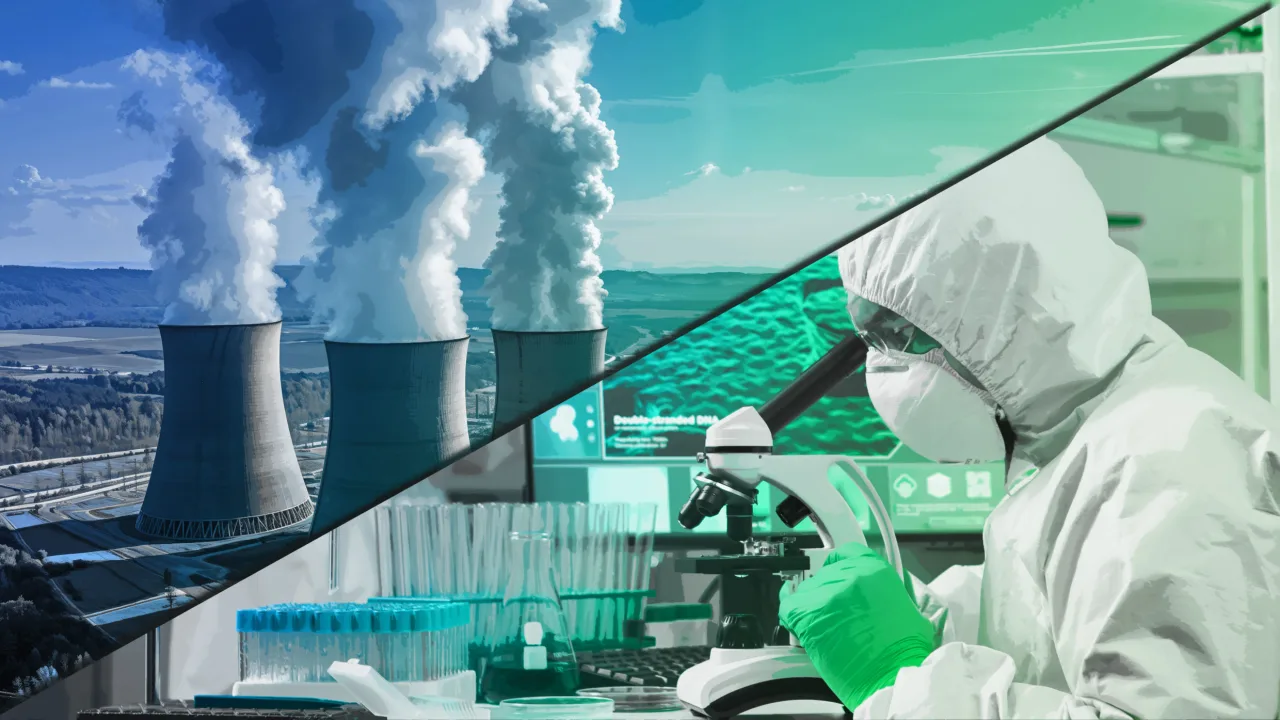







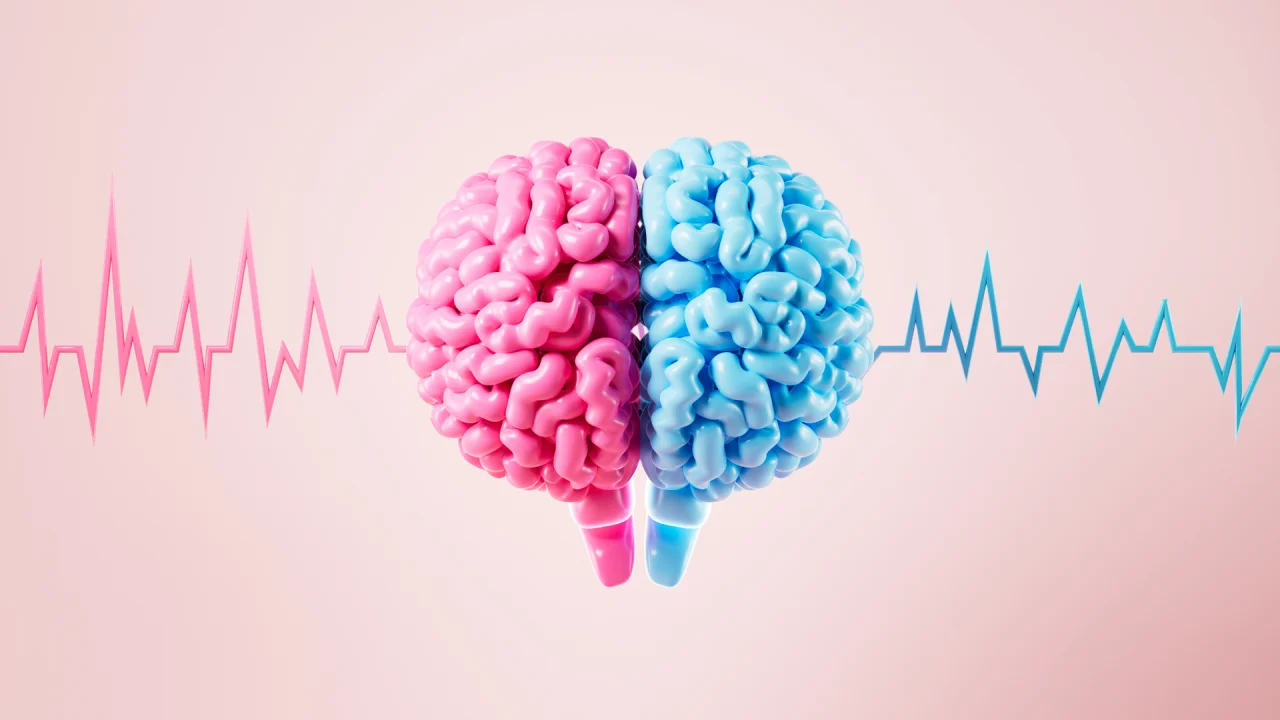

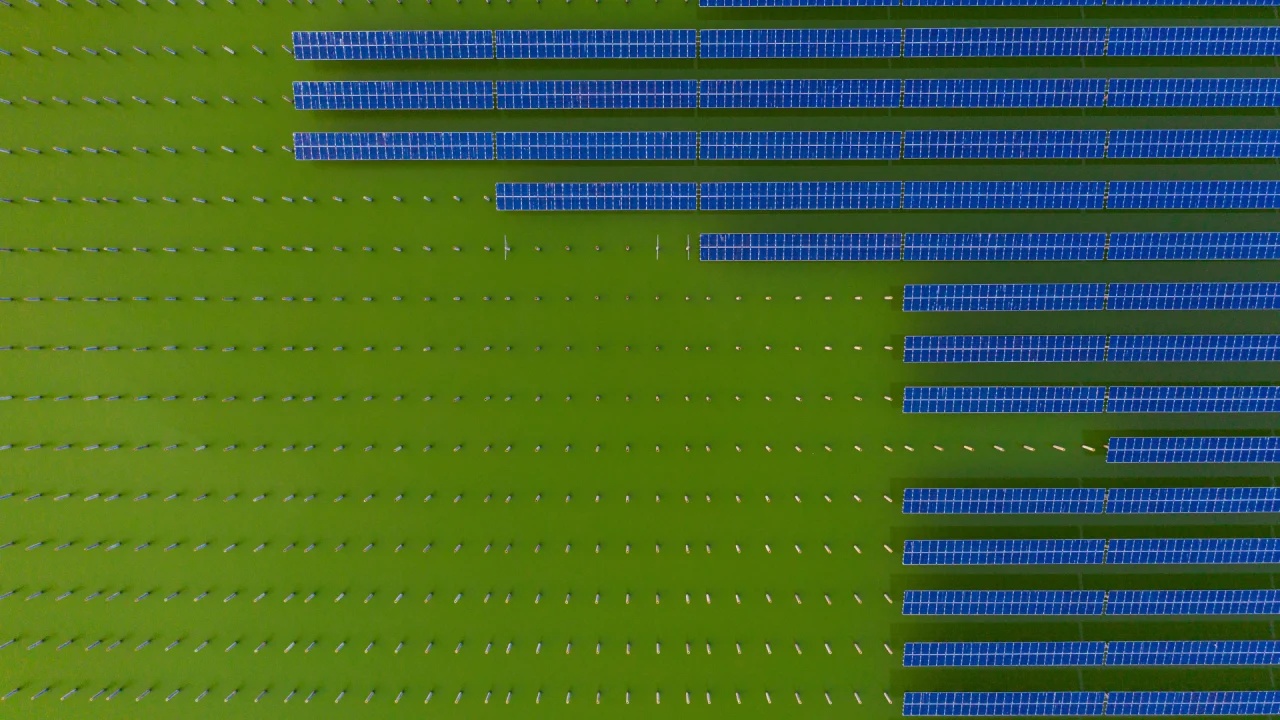

























































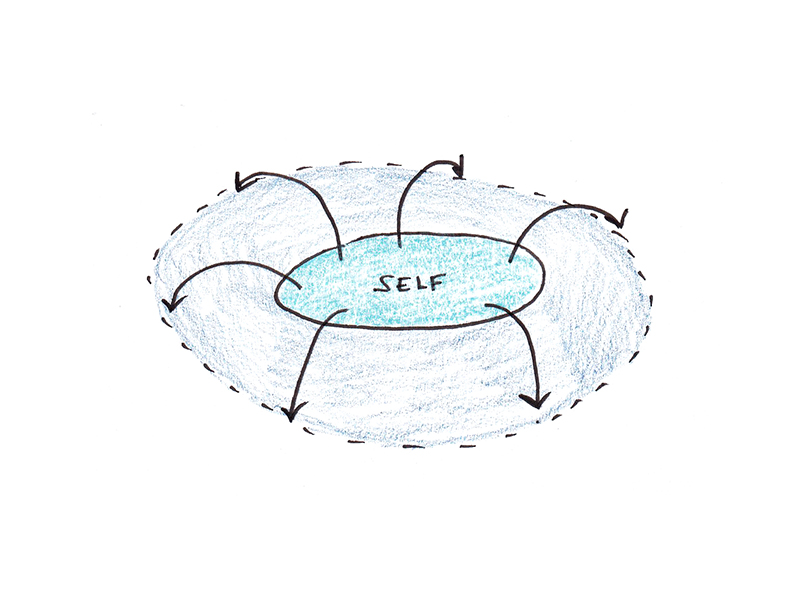





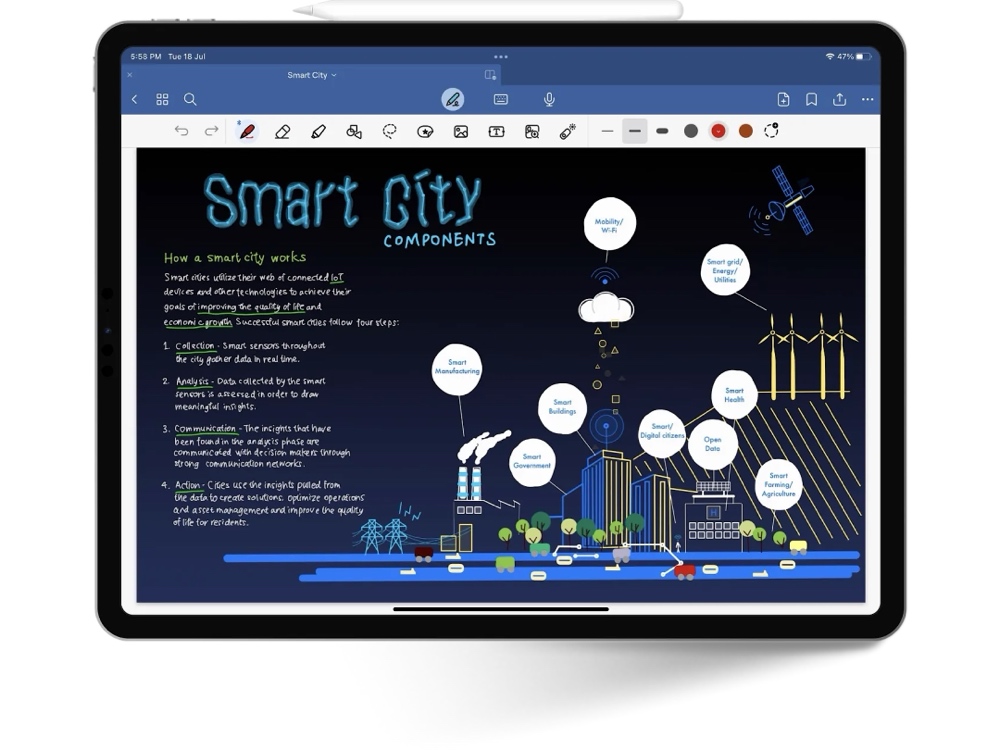

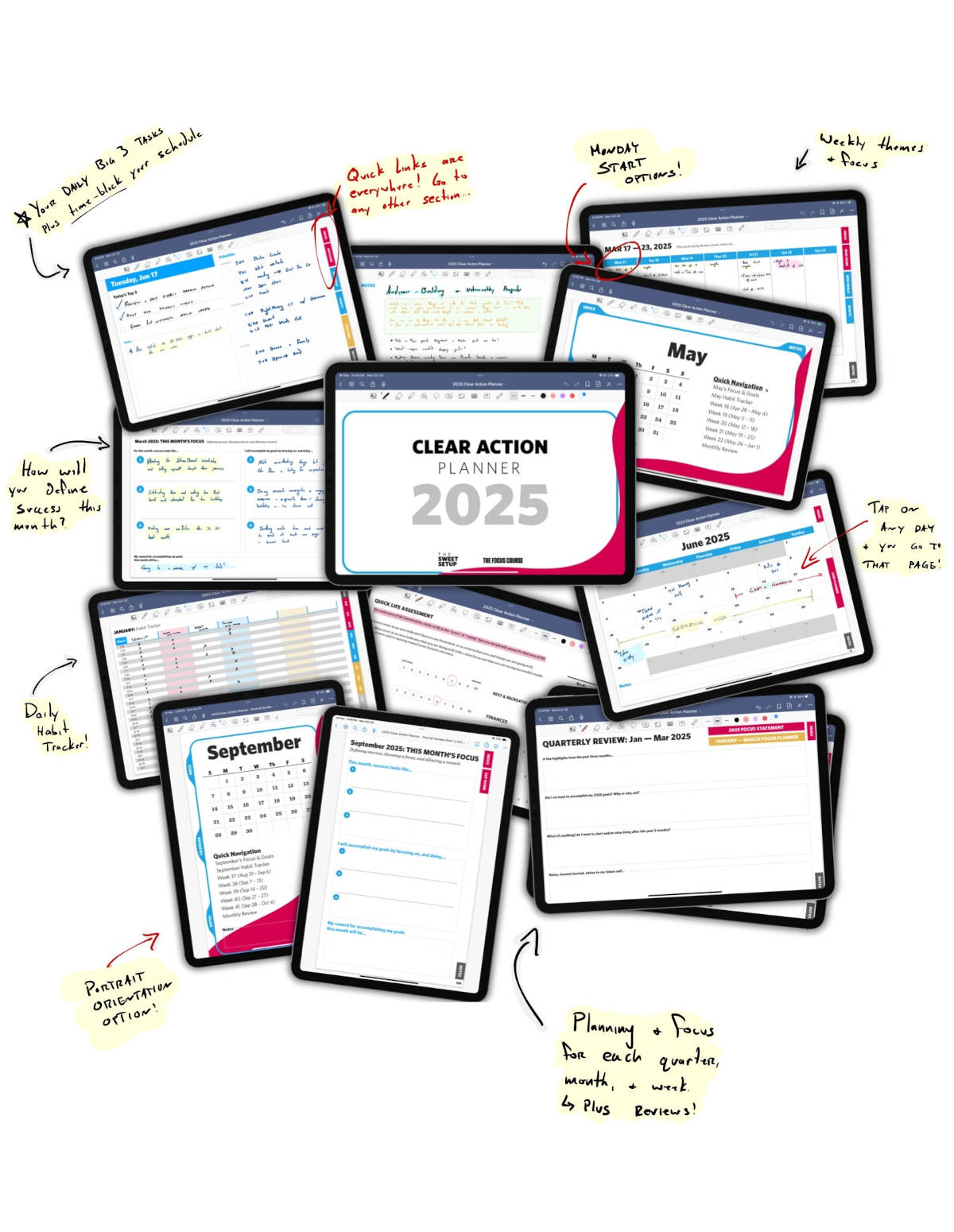
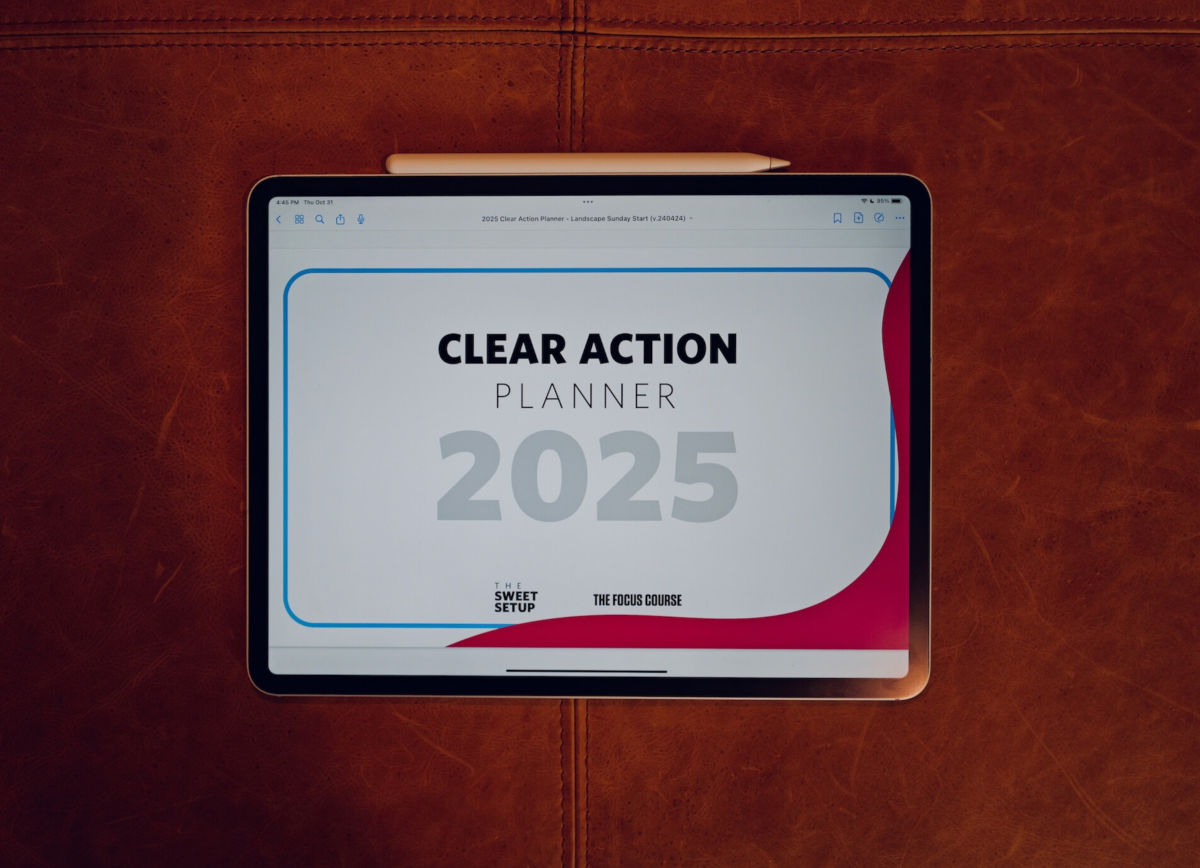



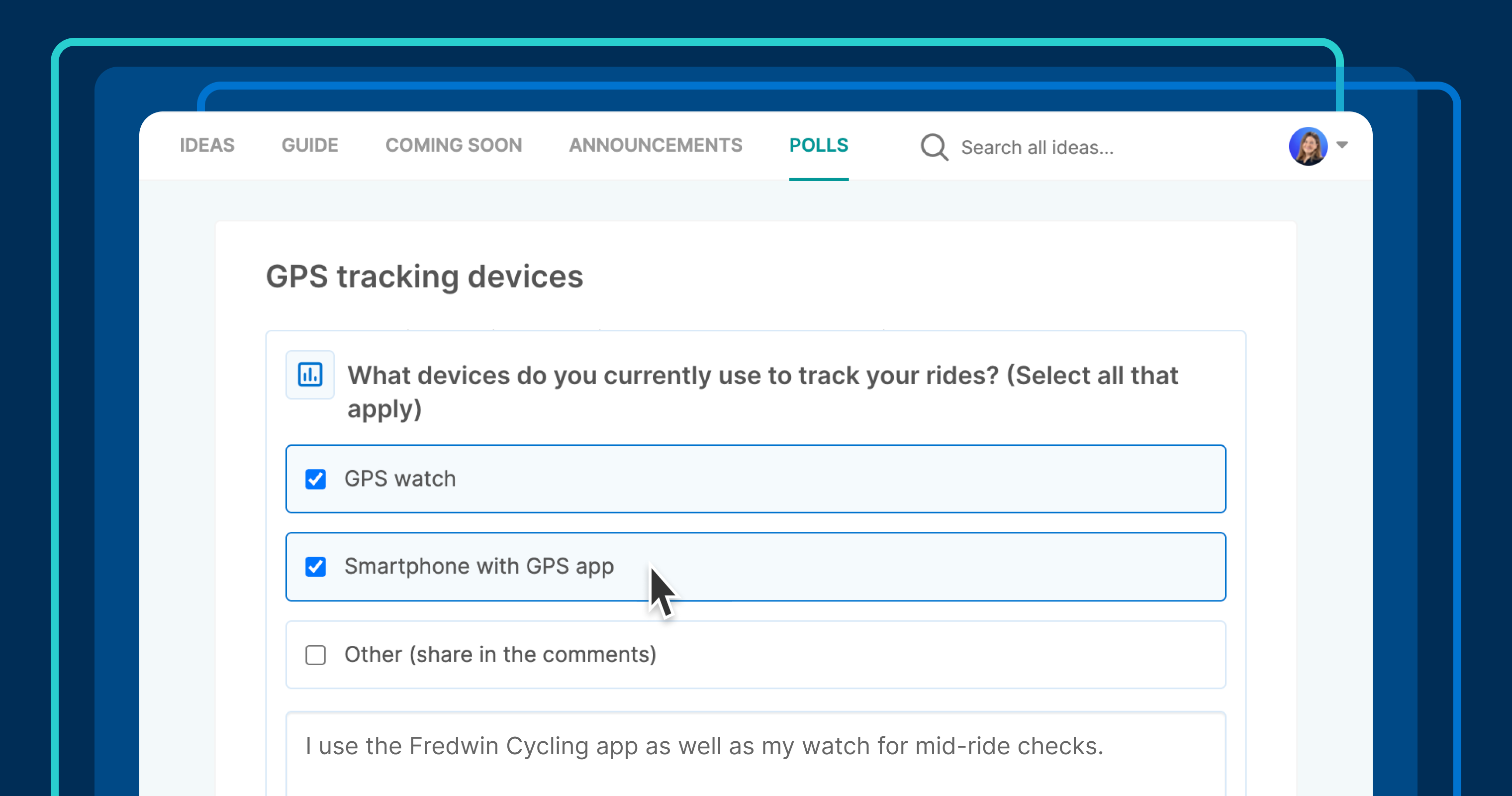





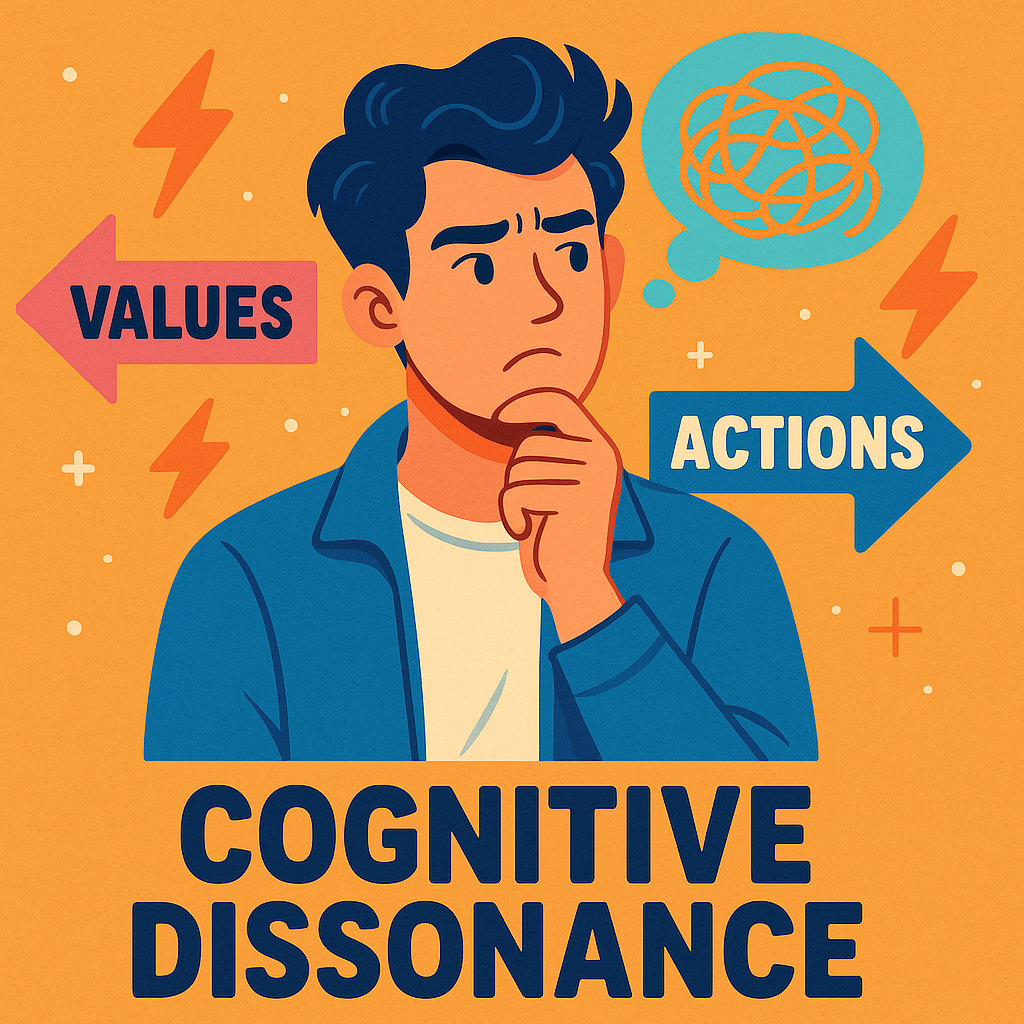


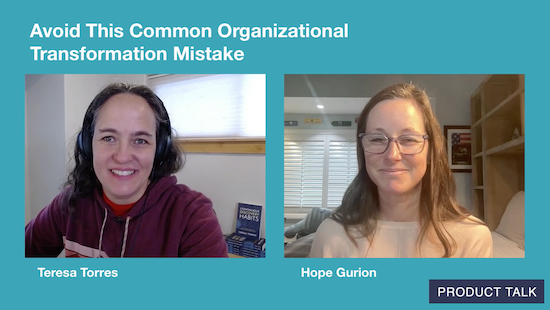
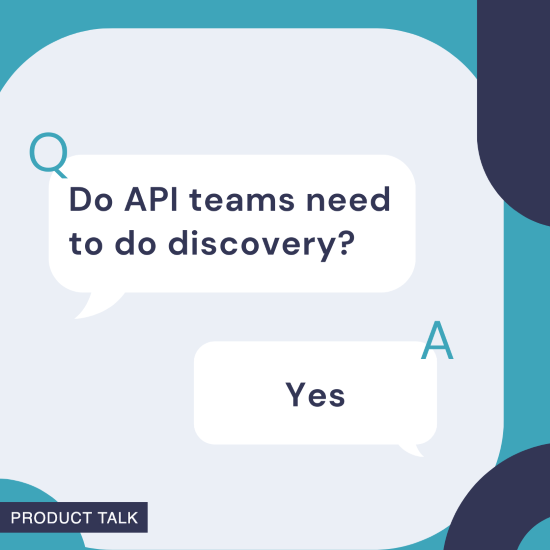











![Building A Digital PR Strategy: 10 Essential Steps for Beginners [With Examples]](https://buzzsumo.com/wp-content/uploads/2023/09/Building-A-Digital-PR-Strategy-10-Essential-Steps-for-Beginners-With-Examples-bblog-masthead.jpg)





























![Senior Support Engineer - US West [IC3] at Sourcegraph](
https://nodesk.co/remote-companies/assets/logos/sourcegraph.f91af2c37bfa65f4a3a16b8d500367636e2a0fa3f05dcdeb13bf95cf6de09046.png
)




















